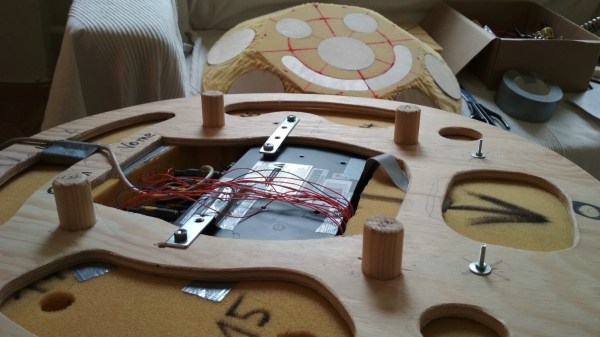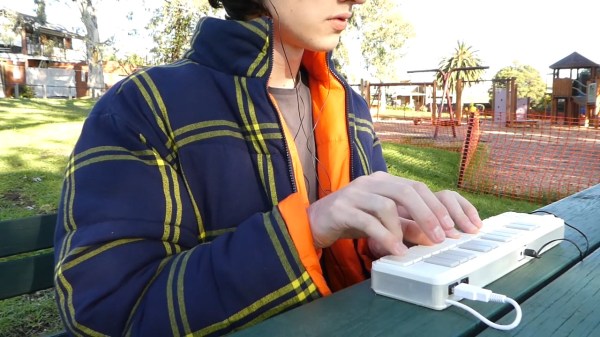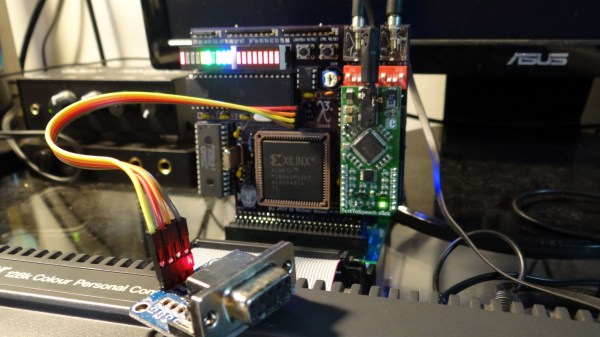Ever heard of a handpan? If not, imagine a steel drum turned inside out, and in case that doesn’t help either, just think of a big metal pan you play music with by tapping your hands on its differently pitched tone fields. But as with pretty much any musical instrument, the people around you may not appreciate your enthusiasm to practice playing it at any time of the day, and being an acoustic instrument, it gets difficult to just plug in your headphones. Good news for the aspiring practitioners of Caribbean music though, as [Deepsoul77] created a MIDI version of this rather young and exotic instrument.
Using the foam salvaged from an old mattress as the core of the handpan, [Deepsoul77] cut a couple of plywood pads as tone fields that will be attached to the foam. Each plywood tone field will then have a piezo element mounted in between to pick up the hand tapping. Picking up the tapping itself and turning it into MIDI signals is then handled by an Alesis trigger interface, which is something you would usually find in electronic drums. From here on forward, it all becomes just a simple USB MIDI device, with all the perks that brings along — like headphone usage or changing MIDI instruments to make anything sound like a trumpet.
Turning what’s essentially a drum kit into a melodic instrument is definitely neat, and to no surprise, we’ve also seen the actual home made drum kit with piezo elements. Of course, using MIDI to quiet down an acoustic instrument isn’t new either, though it also works somewhat the other way around. But then again, it doesn’t always have to be MIDI either.
















